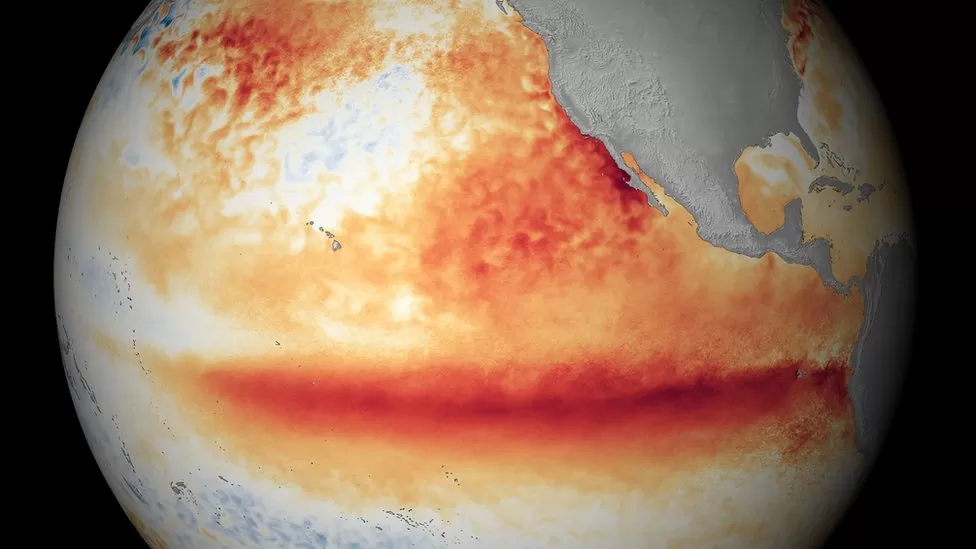Overheating World on Course to Break 1.5C Temperature Limit, Scientists Warn

Scientists predict that our warming world is set to surpass a critical temperature threshold for the first time in the next few years, raising concerns about accelerating climate change. According to researchers, there is a 66% probability that we will exceed the 1.5C global warming limit between now and 2027.
The likelihood of surpassing this limit is increasing due to ongoing human-generated emissions and the potential occurrence of an El Niño weather pattern later this year. Although breaching the threshold would be worrying, scientists believe it would likely be temporary in nature.
If the world exceeds the 1.5C limit, it means that the average global temperature would be 1.5 degrees Celsius warmer than it was during the second half of the 19th Century, before industrialization led to a significant increase in fossil fuel emissions. Breaking the limit, even for just a single year, indicates that warming is accelerating rather than slowing down.
The figure of 1.5C has become a symbolic target in global climate change negotiations, with countries pledging to make efforts to limit temperature rises under the 2015 Paris Agreement. Sustained surpassing of this limit over a decade or more would result in more severe consequences, including prolonged heatwaves, intensified storms, and increased frequency of wildfires.
However, exceeding the 1.5C threshold in the coming years does not necessarily mean that the Paris limit has been breached permanently. Scientists emphasize that there is still time to mitigate global warming by drastically reducing emissions.
The World Meteorological Organisation (WMO) has been providing estimates of the chances of surpassing the 1.5C threshold since 2020. Initially, they predicted less than a 20% likelihood of exceeding 1.5C within the next five years. By last year, the probability had risen to 50%, and now it stands at 66%, indicating that surpassing the limit is becoming increasingly likely.
While the 1.5C figure is not a direct measurement of the world’s temperature, it serves as an indicator of the extent of global warming compared to the long-term average. Scientists use average temperature data from 1850-1900 as a reference point for pre-industrial levels.
Over the past few decades, global temperatures have risen by 1.28C above the pre-industrial figure, with 2016 being the warmest year on record. Researchers are now 98% certain that this record will be broken before 2027 and believe that the 1.5C threshold will likely be surpassed within the next few years.
Although the temporary exceedance of 1.5C would be unprecedented in human history, it would need to be sustained for 20 years to indicate a breach of the Paris Agreement’s long-term warming goals.
The two key factors contributing to the increased likelihood of surpassing the limit are the ongoing rise in carbon emissions from human activities, despite a temporary decline during the pandemic, and the potential occurrence of an El Niño event, which would further elevate global temperatures, BBC reported.
The impacts of surpassing the 1.5C threshold would vary globally, with the Arctic experiencing warming at a higher rate than other regions. Northern Europe, including the UK, is expected to see increased rainfall during the May to September period over the next five years, according to the report.
While the situation is concerning, scientists emphasize that there is still an opportunity to mitigate the effects of climate change by taking immediate and significant actions to reduce emissions and implement sustainable practices.


















Facebook Comments